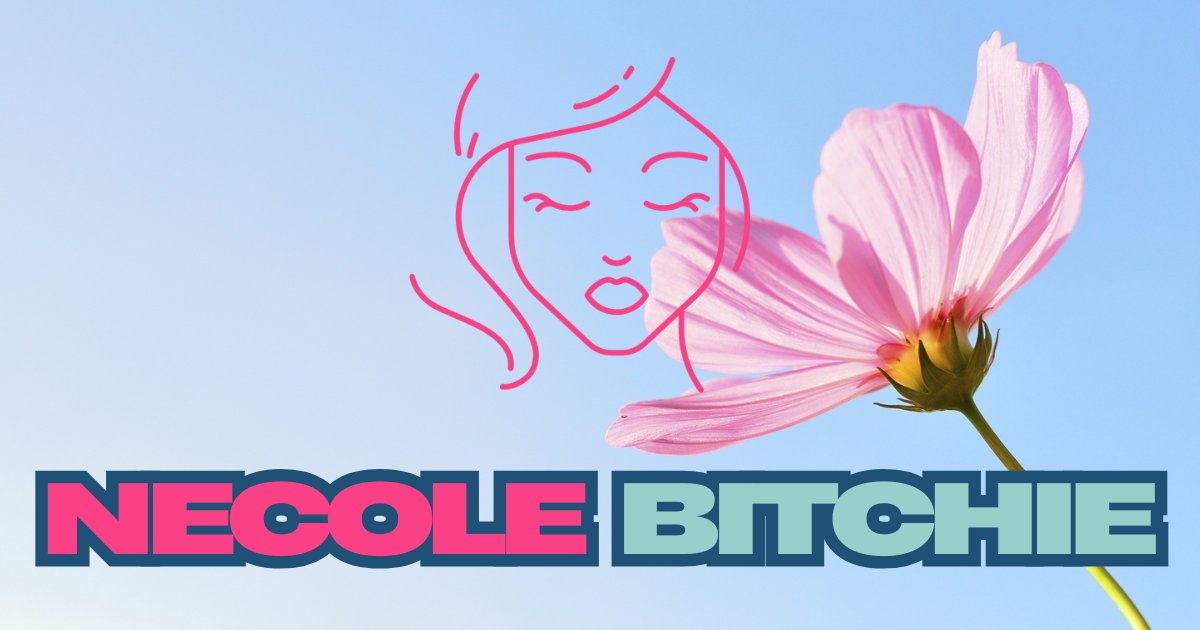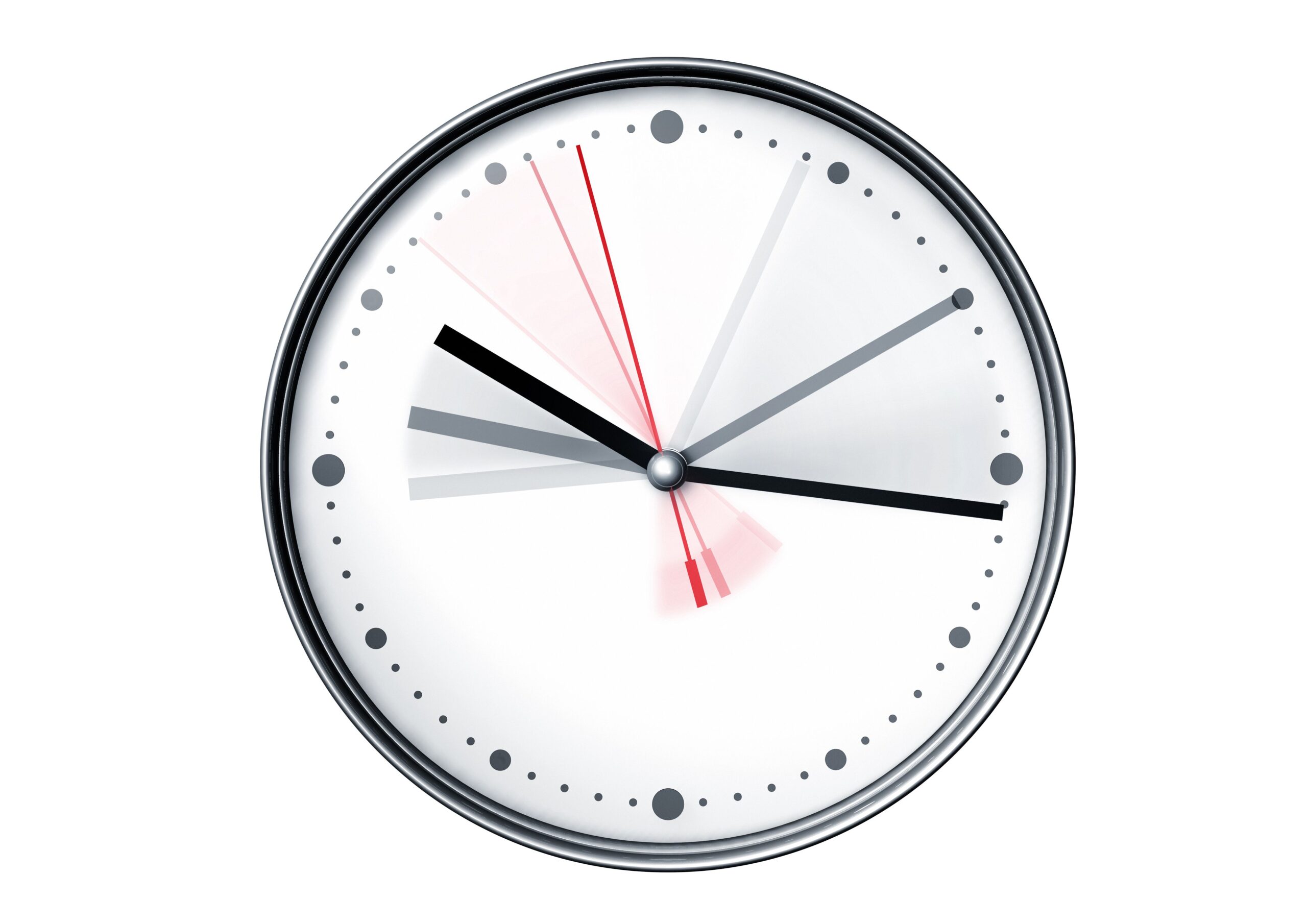Monthly Earnings Guide for Fashion Designers: Income, Insights, and Career Strategies
Understanding Monthly Earnings for Fashion Designers
Fashion design is a competitive, creative field that attracts talent from around the world. One of the most common questions for aspiring and practicing designers is: How much does a fashion designer make per month? The answer varies depending on experience, location, employer, specialization, and various market forces. This guide presents the latest verified salary data, explains influencing factors, and provides actionable pathways for maximizing earnings in the fashion industry.
Average Monthly Salary for Fashion Designers
Recent industry surveys and salary databases reveal that the average monthly salary for fashion designers in the United States typically falls between $5,530 and $6,250 per month, depending on the source and methodology. For example, Jobted.com reports an average of $5,530 per month [1] , while ZipRecruiter lists the average at $5,791 per month [2] . PayScale’s data for 2025 indicates a median annual salary of $76,202, which translates to approximately $6,350 per month [3] . Talent.com places the average annual salary at $75,000, or $6,250 per month [4] .
It’s important to note that these averages include designers at various experience levels, working for diverse employers and in different locations. Monthly earnings can fluctuate significantly based on these variables.
Monthly Income Ranges by Experience
Entry-level fashion designers (with up to 4 years of experience) often earn between $3,480 and $5,530 per month [1] . More experienced designers, especially those with a strong portfolio and industry connections, can earn upwards of $9,190 per month, and top-tier designers in major fashion hubs may command even higher salaries [5] .
For context, here’s a breakdown of monthly earnings:
- Entry-level (0-1 years): $3,480 – $4,950/month
- Early career (1-4 years): $5,000 – $5,530/month
- Mid-career (5-9 years): $6,000 – $8,500/month
- Experienced (10+ years): $9,000 – $10,930/month
- Top earners (major brands/luxury houses): $11,000+/month
These ranges are based on verified salary data and represent gross income before taxes and benefits. Bonuses and commissions may further increase monthly earnings for some designers [1] .
Factors That Influence Fashion Designer Salaries
Several key factors can impact how much a fashion designer earns per month:

Source: tffn.net
- Location: Designers working in major metropolitan areas like New York, Los Angeles, or San Jose typically earn more than those in smaller cities or rural areas. For example, designers in San Jose, CA, average $134,645 annually, nearly double the national average [5] .
- Employer Type: High-end fashion houses, major retail brands, and luxury labels often pay higher salaries than small boutiques or start-ups.
- Experience and Reputation: Senior designers with a proven track record and strong industry reputation are more likely to command higher pay.
- Specialization: Designers focusing on niche markets (e.g., bridal, sportswear, sustainable fashion) may see different pay scales.
- Educational Background: Advanced degrees and professional certifications can improve salary prospects.
- Freelance vs. In-house: Freelance designers’ earnings may vary based on project load, client base, and region. In-house designers usually have more stable income but may have less flexibility.
How to Access High-Paying Opportunities
If you’re interested in maximizing your monthly income as a fashion designer, consider the following steps and strategies:
- Build a Strong Portfolio: Develop a diverse, high-quality portfolio that showcases your design skills, creativity, and technical proficiency. Feature completed projects, mood boards, sketches, and photos of finished garments.
- Network Effectively: Attend industry events, fashion weeks, and trade shows whenever possible. Connect with professionals through social platforms like LinkedIn and Instagram.
- Target Major Markets: Relocating to fashion hubs such as New York, Los Angeles, or San Francisco can dramatically increase earning potential. Research companies in these regions and apply to relevant openings.
- Gain Specialized Skills: Learn advanced techniques (e.g., digital design, pattern making, sustainable materials) to differentiate yourself and qualify for higher-paying roles.
- Consider Freelancing: Freelance designers can set their own rates and take on multiple clients. To find freelance opportunities, register with established platforms such as Upwork, Fiverr, or Behance, or search for “fashion design freelance jobs” on reputable job boards. Always verify the legitimacy of platforms before submitting personal information.
- Advance Education: Pursuing further education, such as a master’s degree in fashion design or business management, may open doors to senior-level positions and higher salaries.
To find current job openings and salary benchmarks, you can use established resources like:
- Jobted US: Search for “Fashion Designer” positions and salary data [1]
- ZipRecruiter: Explore current listings and compare salary offers [2]
- Talent.com: Review salary statistics and active job postings [4]
- PayScale: Analyze salary trends and pay by experience level [3]
You may also contact fashion brands directly or connect with professional associations such as the Council of Fashion Designers of America (CFDA) for networking and career guidance. Always verify the authenticity of job boards and company websites before submitting applications.

Source: design-institute.in
Real-World Examples and Case Studies
Case Study 1: Entry-Level Designer in New York A recent graduate with a bachelor’s degree in fashion design secures a full-time position at a mid-sized apparel brand in New York City. Starting salary is $44,000 per year, or about $3,660 per month, plus occasional bonuses. With two years of experience and a strong portfolio, this designer negotiates a raise to $60,000/year ($5,000/month).
Case Study 2: Senior Designer for a Luxury Label An experienced designer with 12 years in the industry and expertise in luxury womenswear is hired by a top-tier fashion house in Los Angeles. Annual compensation exceeds $120,000, with monthly pay averaging $10,000, plus performance bonuses and a benefits package. Their reputation and network play a key role in achieving this salary level.
Case Study 3: Freelance Designer A freelance designer based in Austin, Texas works with multiple clients, charging $50-$100 per hour. Monthly income varies from $4,000 to $12,000 depending on project volume and client roster. Freelancing offers flexibility but requires active client acquisition and business management skills.
Potential Challenges and Solutions
The path to higher monthly earnings in fashion design is not without challenges:
- Job Competition: The industry is highly competitive, with many talented designers vying for positions. Building a distinct style and portfolio can help you stand out.
- Salary Negotiation: Not all employers offer competitive pay. Research salary benchmarks before interviews and be prepared to negotiate assertively.
- Freelance Variability: Freelance income can fluctuate. Diversify your client base and offer complementary services (e.g., consulting, styling) to stabilize earnings.
- Economic Shifts: Fashion is sensitive to economic cycles. Consider broadening your skill set to include related fields such as product development or merchandising.
Alternative Pathways to Higher Income
Besides traditional employment or freelancing, designers may increase their monthly earnings by:
- Launching a Fashion Line: Starting your own brand can be lucrative, but requires significant investment and risk. Begin with small capsule collections or online shops to test market demand.
- Consulting: Offer design consulting to established brands, startups, or individual clients. Consultants may charge premium rates for specialized expertise.
- Teaching: Many experienced designers teach at fashion schools or conduct workshops, earning additional income while expanding their professional network.
For those interested in launching a brand, research the process thoroughly and seek mentorship from industry veterans. Contact local Small Business Development Centers (SBDCs) or professional groups such as the CFDA for guidance.
Step-by-Step Guide to Maximizing Fashion Designer Earnings
- Research salary benchmarks using reliable sources like PayScale, Talent.com, and ZipRecruiter before applying or negotiating.
- Develop a portfolio that highlights your strengths and market niche.
- Network with industry professionals at events, through social media, and via professional associations.
- Apply strategically to companies known for competitive compensation.
- Consider relocation to major fashion markets for higher salaries.
- Expand your skills with courses or certifications relevant to current industry trends.
- Negotiate offers based on market data and your experience level.
- Explore freelance opportunities by registering with reputable platforms and building direct client relationships.
- Seek mentorship and professional development through industry organizations.
By following these steps and continually refining your skills and professional network, you can position yourself for higher monthly income as a fashion designer.
Key Takeaways
The average monthly earnings for fashion designers in the U.S. range from $5,000 to $6,250 , with top designers earning substantially more. Income is influenced by experience, location, specialization, and employer type. Maximizing your earnings requires strategic career development, ongoing learning, and active networking.
For the most accurate, up-to-date salary information and job openings, always consult verified sources and official industry organizations. If links are unavailable, search for “fashion designer salary” or “fashion design jobs” on reputable job boards and company career pages.
References
- [1] Jobted.com (2025). Fashion Designer Salary in the US.
- [2] ZipRecruiter (2025). Salary: Fashion Designers.
- [3] PayScale (2025). Fashion Designer Salary in 2025.
- [4] Talent.com (2025). Fashion designer: Average Salary in United States of America.
- [5] Comparably (2025). Fashion Designer Salary – August 2025.



